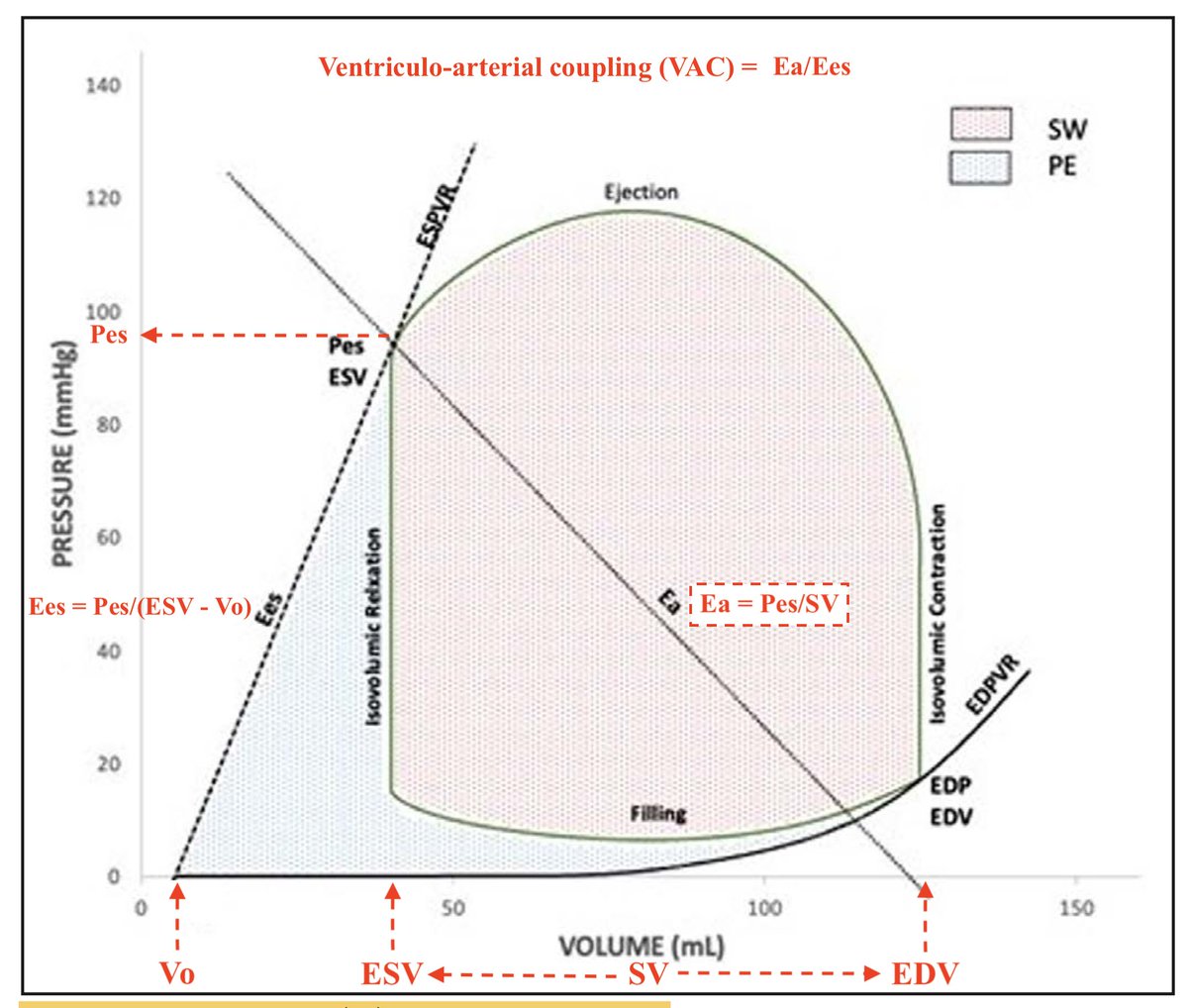views
ICU Pharmacology Secrets:
Some drug side effects, even if relatively rare, are well entrenched in our memory. For example, most intensivists & hospitalists are aware of cefepime-induced neurotoxicity or clindamycin’s association w C difficile infection (or even the seemingly
Some drug side effects, even if relatively rare, are well entrenched in our memory. For example, most intensivists & hospitalists are aware of cefepime-induced neurotoxicity or clindamycin’s association w C difficile infection (or even the seemingly
unimportant piperacillin/tazobactam’s nephrotoxicity!)
This post is a reminder of some side effects I often see going unnoticed in the ICU or the wards. I actually saw 8 out of 10 of them during the last 2 months
And so it begins:
This post is a reminder of some side effects I often see going unnoticed in the ICU or the wards. I actually saw 8 out of 10 of them during the last 2 months
And so it begins:
1. Tamsulosin (T) or doxazosin (D) are used to treat the symptoms of benign prostatic hyperplasia, but they are oral alpha-blockers & frequently cause hypotension. It’s one of my pet peeves when a patient, after a urological procedure, remains “septic” on low-dose norepinephrine
drip in the ICU or is receiving liters of crystalloids & albumin as well as midodrine outside the ICU while being on T (Flomax in US) to help w kidney stone expulsion
2. Midodrine is an oral alpha-agonist indicated to treat orthostatic hypotension but nowadays is used frequently in the ICU/wards to decrease or replace iv vasopressors. M causes bradycardia through the baroceptor reflex. Before calling Cardiology/Electrophysiology, consider
stopping M & see what happens
3. Clonidine is a centrally acting alpha2-agonist used to treat “refractory” hypertension. Especially when used in high doses & in patients w renal dysfunction, it can lead to bradycardia (mostly: sinus). I have seen pts being taken off carvedilol
3. Clonidine is a centrally acting alpha2-agonist used to treat “refractory” hypertension. Especially when used in high doses & in patients w renal dysfunction, it can lead to bradycardia (mostly: sinus). I have seen pts being taken off carvedilol
(Coreg in US; a drug that significantly ⬇️ risk of death & hospitalizations for HFrEF) due to bradycardia that might have been exacerbated/caused by clonidine (0.3 mg tid!)
4. Cilostazol (C) is an antiplatelet agent commonly used in the treatment of peripheral vascular dz (PVD).
4. Cilostazol (C) is an antiplatelet agent commonly used in the treatment of peripheral vascular dz (PVD).
Many physicians view it as a “light aspirin” or a “vitamin” that increases blood flow & is devoid of any significant side effects. Unfortunately, the truth is more complicated. C inhibits phosphodiesterase type III and, even though not all studies agree, it has been associated w
heart failure exacerbations & ventricular arrhythmias. In the right setting, consider stopping it (many people with PVD also have heart failure!)
5. Phenobarbital, a popular drug for the management of etoh withdrawal among many intensivists, is a potent cytochrome P450 enzyme inducer & can lead to subtherapeutic levels of direct anticoagulants (increasing risk of thromboembolic events).
I don’t use DOACs in the ICU & I also think that the thromboembolic risk for the few days that the patient will receive phenobarbital is probably small, but the interaction should not be totally dismissed
6. Opiates may lead to adrenal insufficiency because of central suppression of the hypothalamic-pituitary-adrenal axis. Especially in United States, we have to manage many patients on chronic opiates. Adrenal insufficiency is an under-recognized (& under-treated) side effect
7. Meropenem (M) use in a pt receiving valproic acid (VPA) can lead to rapid ⬇️ in VPA levels within a few days & precipitate seizures. Even after stopping M, VPA levels may take 1-2 wks to recover. The interaction is so strong that M has been used to treat VPA overdose!
8. Vancomycin’s association w red-person syndrome has found its way in many Board questions (by the way, for the majority of cases it is not IgE-mediated). However, vancomycin use can also lead to Stevens-Johnson syndrome, acute generalized exanthematous pustulosis & drug rash w
eosinophilia & systemic symptoms (DRESS)
9. Linezolid (L) is an antibiotic that inhibits bacterial protein synthesis by binding to the bacterial 23S ribosomal RNA. It has a bad reputation for causing thrombocytopenia & serotonin syndrome; do you get the EMR warnings whenever
9. Linezolid (L) is an antibiotic that inhibits bacterial protein synthesis by binding to the bacterial 23S ribosomal RNA. It has a bad reputation for causing thrombocytopenia & serotonin syndrome; do you get the EMR warnings whenever
you start L in a pt receiving norepi drip or SSRIs? It is not well described that L, especially on long treatment courses (eg, a pt w MRSA osteomyelitis or VRE intra-abdominal abscess), is associated w lactic acidosis (probably by interference w the mitochondrial ATP synthesis)
10. Topiramate (T) is a drug initially approved to be used as an anticonvulsant but nowadays it is also used for bipolar disorder, neuropathic pain & migraines. T can lead to non-anion gap metabolic acidosis by inhibition of carbonic anhydrase. It can also create a milieu that is
ripe for calcium phosphate stone formation. (Don’t you think that this patient’s third admission for recurrent nephrolithiasis & stent placement has something to do with the T in the medications' list?)
Take-home message:
Many of us have the luxury of working w pharmacists who are well aware of these side effects (and many more!). However, a pharmacist may not be available in the middle of the night or over the weekend. I don’t think it is a nerdy trait
Many of us have the luxury of working w pharmacists who are well aware of these side effects (and many more!). However, a pharmacist may not be available in the middle of the night or over the weekend. I don’t think it is a nerdy trait
for an intensivist to be cognizant of "less known" drug side effects. It can save patients’ useless & expensive work-ups and consultations (and sometimes it can save lives, too!)
Thanks for following along!
Thanks for following along!
Some useful references:
bmj.com/content/347/bm…
journal.chestnet.org/article/S0012-…
litfl.com/clonidine-toxi…
ncbi.nlm.nih.gov/pmc/articles/P…
ncbi.nlm.nih.gov/pmc/articles/P…
mayoclinicproceedings.org/article/S0025-…
journals.lww.com/drug-monitorin…
medsafe.govt.nz/profs/PUArticl…
sciencedirect.com/science/articl…
ncbi.nlm.nih.gov/pmc/articles/P…
bmj.com/content/347/bm…
journal.chestnet.org/article/S0012-…
litfl.com/clonidine-toxi…
ncbi.nlm.nih.gov/pmc/articles/P…
ncbi.nlm.nih.gov/pmc/articles/P…
mayoclinicproceedings.org/article/S0025-…
journals.lww.com/drug-monitorin…
medsafe.govt.nz/profs/PUArticl…
sciencedirect.com/science/articl…
ncbi.nlm.nih.gov/pmc/articles/P…
#FOAMed #FOAMcc #MedTwitter #MedEd #EMBound @MynephCC @TaotePOCUS @curromir #MedStudentTwitter
• • •
Missing some Tweet in this thread? You can try to
force a refresh











